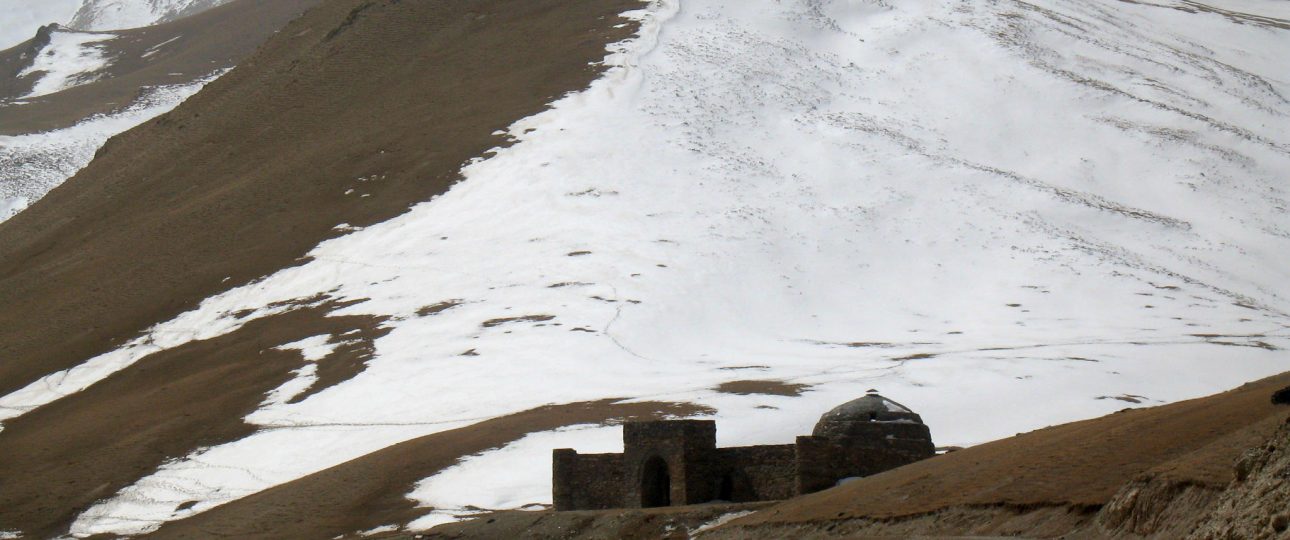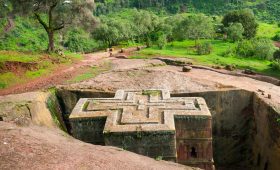Exploring Tash Rabat Caravanserai
Perched at an altitude of 3,200 meters in the At-Bashy District of Naryn Province, Kyrgyzstan, Tash Rabat Caravanserai is a remarkable 15th-century stone structure. Its origins are debated, with some suggesting it was initially a Nestorian monastery in the 10th century, later serving as a Buddhist monastery. Today, it stands as a testament to the region’s rich history and its role as a stop along the Silk Road.
Historical Significance
While the exact origins of Tash Rabat remain a topic of scholarly debate, its significance as a caravanserai is undisputed. This fortified inn provided shelter and rest for traders and travelers navigating the Silk Road. The architecture, a blend of Persian and Central Asian influences, features impressive stone walls that have endured for centuries.
Visiting the Site
Upon arrival, the massive wooden doors of Tash Rabat invite you to step back in time. Inside, explore the various rooms and chambers adorned with intricate carvings. Climbing to the rooftop offers a panoramic view of the surrounding Tien Shan Mountains, a sight that is both breathtaking and humbling.
The central courtyard, once bustling with traders exchanging goods and stories, now offers a quiet space to reflect on the caravanserai’s vibrant past. A small on-site museum provides further insights, displaying artifacts like ancient coins and textiles that illuminate the historical significance of this site.
Getting There and When to Visit
Reaching Tash Rabat is an adventure in itself. The most practical approach is to hire a car and driver from Naryn, a nearby town. The journey takes you through stunning landscapes, including winding mountain roads and expansive plains. A camera is essential to capture the natural beauty of the Kyrgyz countryside.
The ideal time to visit is between June and September when the weather is mild, and mountain passes are accessible. During these months, you might also witness local herders practicing traditional Kyrgyz nomadic culture. Autumn offers another picturesque option, with the mountains displaying vibrant fall colors.
Practical Tips and Accommodation
At an altitude of over 3,500 meters, Tash Rabat can be chilly, especially at night. Dress in layers and bring warm clothing to stay comfortable. If you’re interested in exploring the surrounding area, consider hiring a local guide familiar with the trails and terrain. They can lead you to hidden caves, pristine alpine lakes, and breathtaking viewpoints.
For an immersive experience, stay overnight in one of the yurts near the caravanserai. These traditional nomadic dwellings offer a unique opportunity to connect with local culture and enjoy the tranquility of the mountains under a starlit sky. The yurts are equipped with comfortable bedding and basic amenities, ensuring a cozy stay.
Personal Reflections
My visit to Tash Rabat was both challenging and rewarding. The journey required patience, as communication with local hosts was sometimes difficult. However, the hospitality I experienced was genuine and heartwarming. Despite initial frustrations, the kindness of the people I met left a lasting impression. From sharing meals to offering horse rides, the locals’ generosity was evident.
One memorable encounter was with Nazira, a gentle and down-to-earth host who shattered my preconceived notions. Her casual approach to settling the bill was a refreshing change from the hustle of city life. The simplicity and purity of life in this remote area were evident, and I left with a deep appreciation for the people and their way of life.
In conclusion, Tash Rabat Caravanserai offers a unique glimpse into the past, set against the stunning backdrop of the Tien Shan Mountains. While the journey may present challenges, the experience is enriching and unforgettable. If you seek a destination that combines history, culture, and natural beauty, Tash Rabat should be on your travel itinerary.



